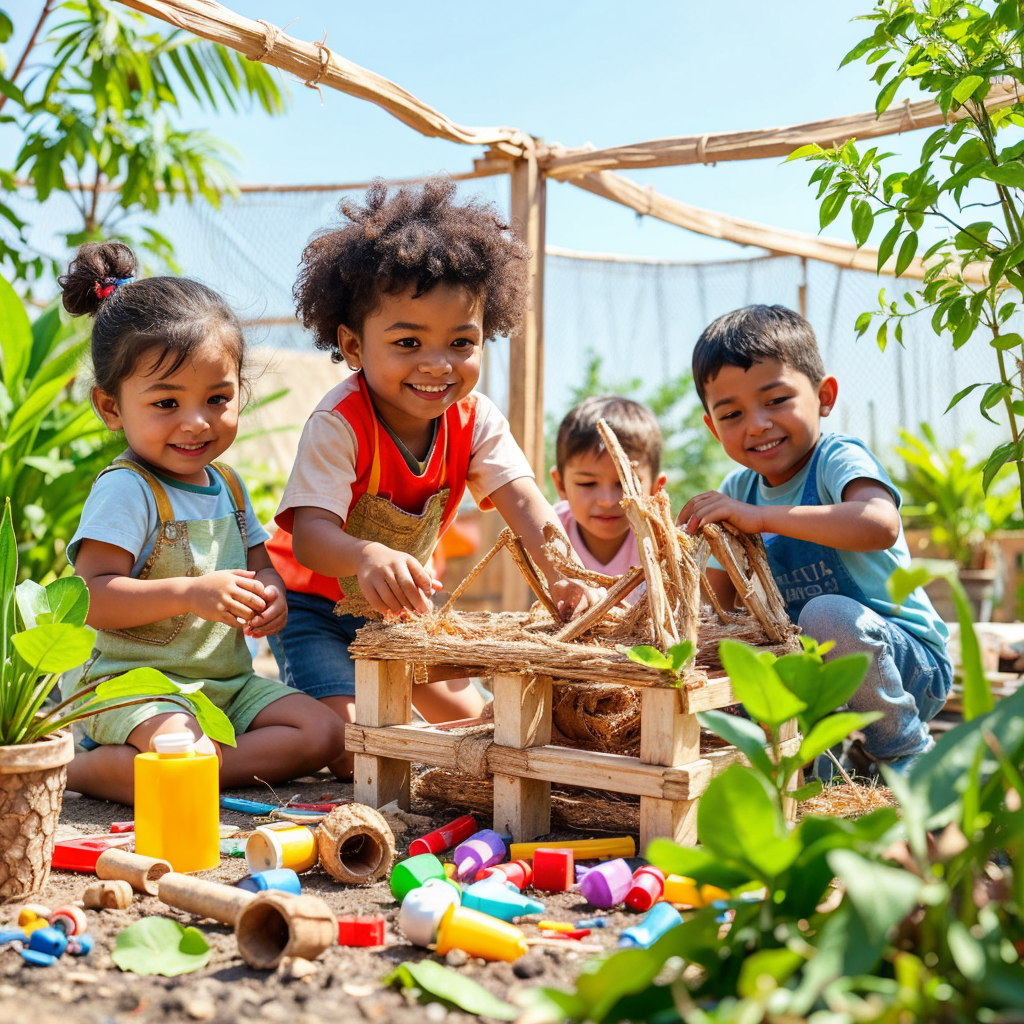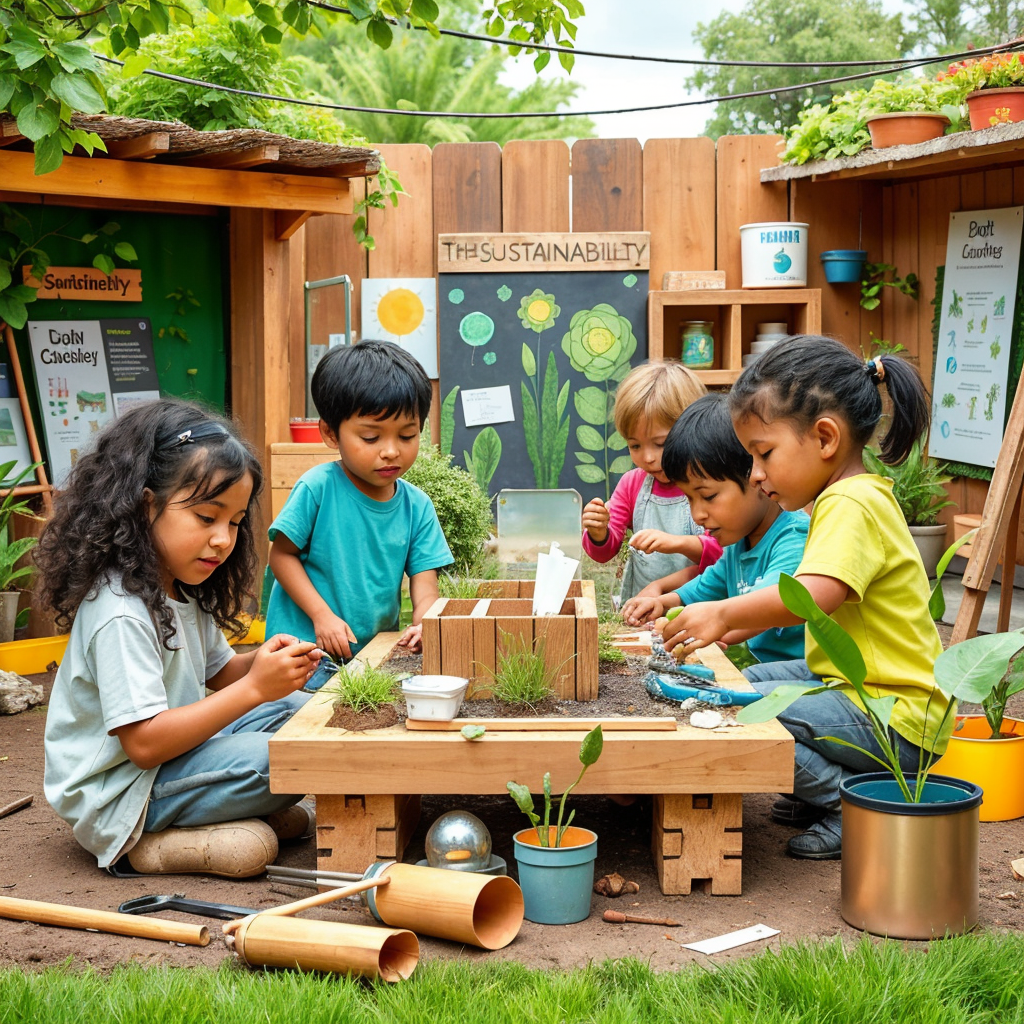In today’s world, the conversation around sustainability has never been more critical. As we confront the challenges of climate change, resource depletion, and increasing waste, the need for environmentally responsible practices has never been clearer. The construction industry, known for its high resource consumption, also offers opportunities for change by incorporating eco-friendly materials and methods. By shifting toward sustainable building practices, we can significantly reduce environmental impact.
In this blog post, we’ll explore how construction projects can be used to teach children about sustainability. We’ll look at how eco-friendly materials, such as bamboo and other green alternatives, can be introduced into fun and educational activities that help shape the next generation’s understanding of environmental stewardship. By engaging kids in hands-on projects, we can foster a deeper connection between them and the world they’re building for the future.
Why Teach Kids About Sustainability Through Construction
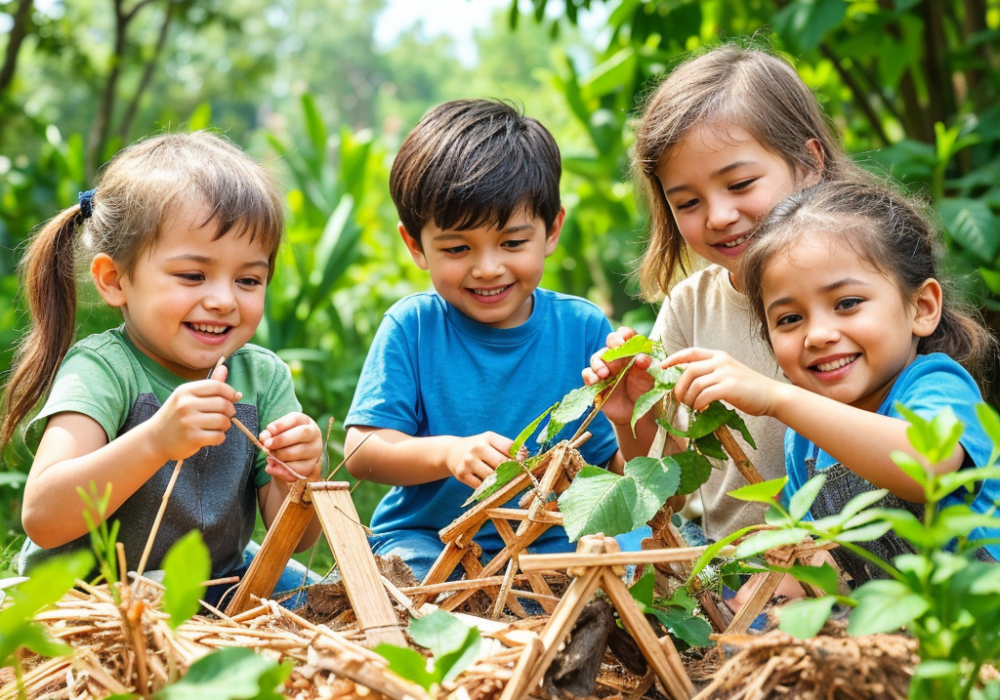
Hands-on Learning for Deeper Understanding
Children naturally learn better when they are engaged in hands-on activities. Construction projects give them a tangible way to grasp complex ideas like resource management, the importance of eco-friendly materials, and the environmental impact of construction practices. By physically working with sustainable materials, children internalize lessons about conservation, waste reduction, and the sustainable use of resources
Fosters Problem-Solving and Critical Thinking
Construction projects require planning, creativity, and problem-solving, skills that are essential for any future career. When children participate in building projects that incorporate sustainability, they are learning to think critically about how resources are used, the most effective materials for the task, and how to solve environmental challenges. These are valuable lessons that align with STEM (Science, Technology, Engineering, and Mathematics) education.
Encourages Teamwork and Collaboration
Most construction activities, especially larger ones, are done in groups, providing opportunities for teamwork and collaboration. These experiences help children understand the importance of working together to achieve a common goal. When sustainability is introduced, teamwork also becomes a lesson in community responsibility, showing how collective efforts can lead to positive environmental outcomes
The Role of Eco-Friendly Materials in Education
Bamboo: A Versatile and Sustainable Material
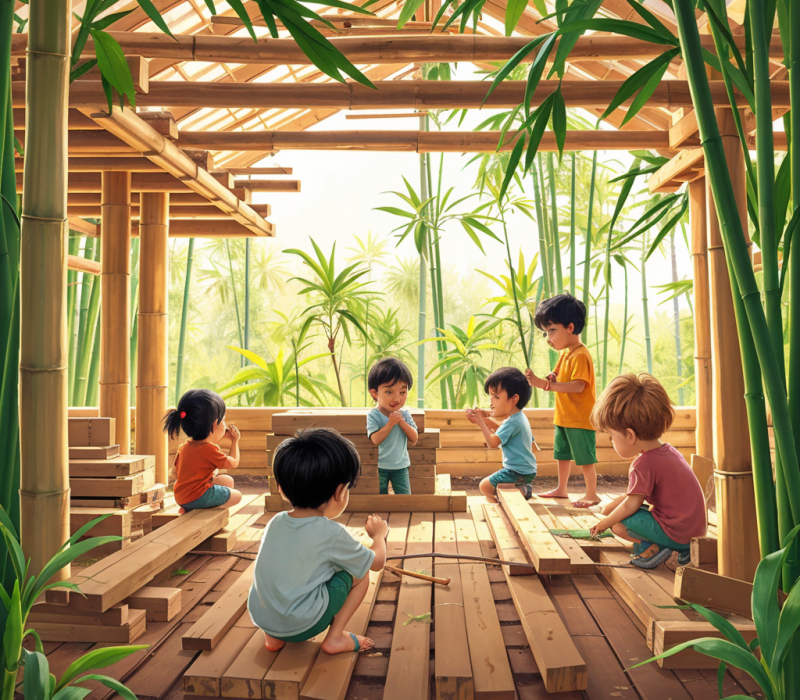
Bamboo is one of the fastest-growing plants, making it an excellent renewable resource. It has high tensile strength, comparable to steel, and its elasticity makes it ideal for various construction purposes, from scaffolding to flooring and even walls. Using bamboo in kid-friendly projects teaches them about renewable resources and the importance of choosing materials with a low environmental impact. Laminated bamboo lumber (LBL) can easily replace traditional wood, showcasing how sustainable alternatives can be just as durable and versatile
Recycled Plastics: Reducing Waste While Building
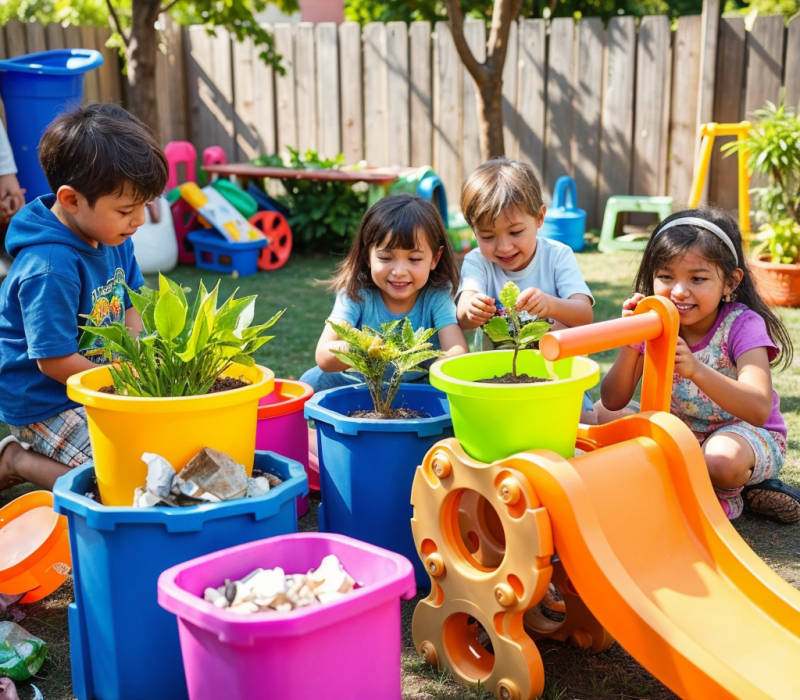
Recycled plastic is another sustainable material that’s safe for kids to work with and teaches them the importance of recycling. Using recycled plastic in outdoor projects, like planters or play equipment, demonstrates how everyday waste can be transformed into durable, long-lasting construction materials. This helps children understand the role of recycling in reducing landfill waste and conserving natural resources.
Wood Composites: Eco-Friendly and Durable
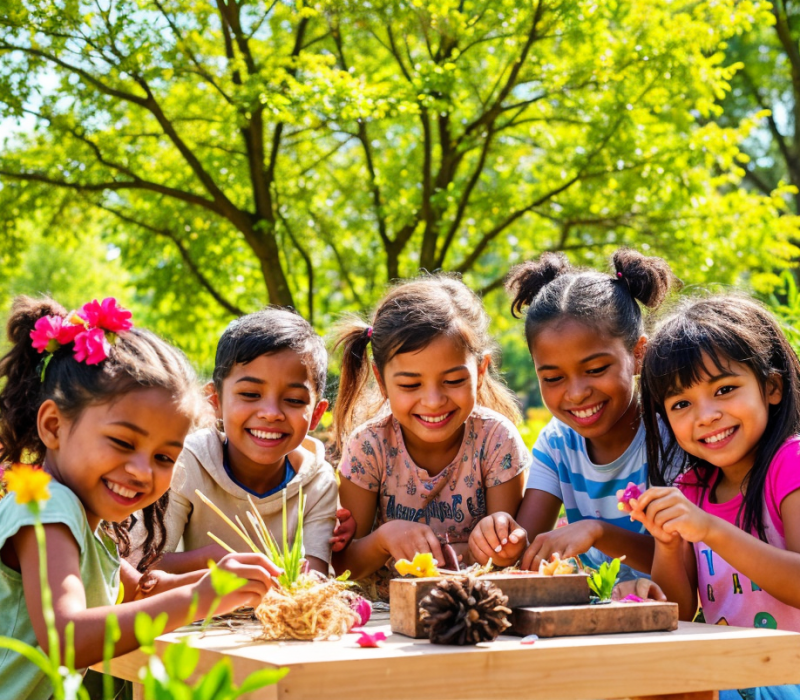
Wood composites, made by combining recycled materials like bamboo, plastic, or wood fibers, offer high durability and are resistant to decay and moisture. These composites require less maintenance than traditional wood and don’t contribute to deforestation. By incorporating wood composites into projects, children can learn about waste reduction, sustainable forest management, and the importance of choosing materials that have a lower impact on the planet
Long-Term Benefits of Early Education on Sustainability
Lifelong Environmental Stewardship
Early exposure to sustainability concepts in construction fosters lifelong eco-conscious habits. When children understand the environmental consequences of material choices, they become more mindful consumers and decision-makers. Over time, these early lessons can shape how they approach not only personal choices but also larger societal and professional decisions, including careers in green architecture or environmental sciences.
Inspiring Future Innovators and Leaders
Teaching children about sustainability encourages innovative thinking and problem-solving from a young age. These experiences can inspire them to develop new solutions for environmental challenges, leading to future innovations in green technologies and sustainable architecture. A child who grows up understanding sustainability is more likely to contribute to building a future that prioritizes the planet’s health
Social Impact and Community Building
When children learn the importance of sustainability through construction, they are also learning about their role in the broader community. By involving kids in environmentally responsible projects, you help create a sense of ownership over their impact on their surroundings. This builds not only environmental awareness but also a community-focused mindset, where future generations understand the value of collective responsibility toward the planet
Conclusion
Teaching kids about sustainability through construction is more than just a fun activity—it’s about shaping the next generation of eco-conscious thinkers. By engaging them in projects with materials like bamboo, recycled plastics, and wood composites, we’re showing them that sustainable choices can make a real impact. These hands-on experiences give children a sense of accomplishment and a tangible understanding of how their actions affect the environment.
These early lessons in sustainability have the potential to influence lifelong habits, preparing today’s kids to be tomorrow’s leaders and innovators. They’ll carry the values of conservation and environmental responsibility into adulthood, making choices that benefit both society and the planet.
Involving children in green building practices today is about more than just education—it’s about fostering a generation that will prioritize sustainability, ensuring a brighter, greener future for all.


